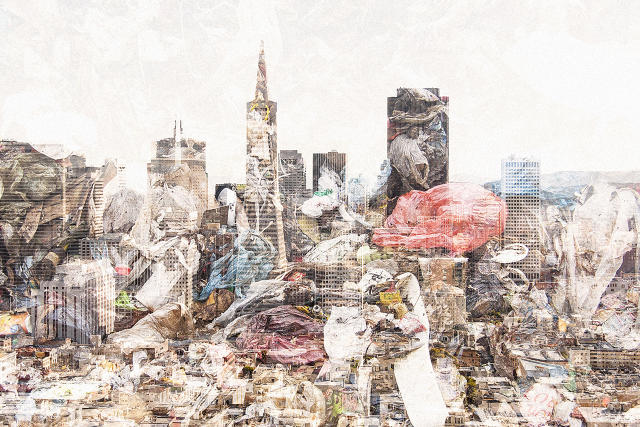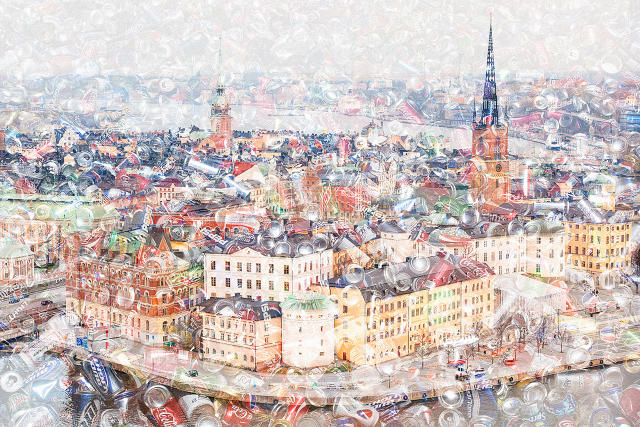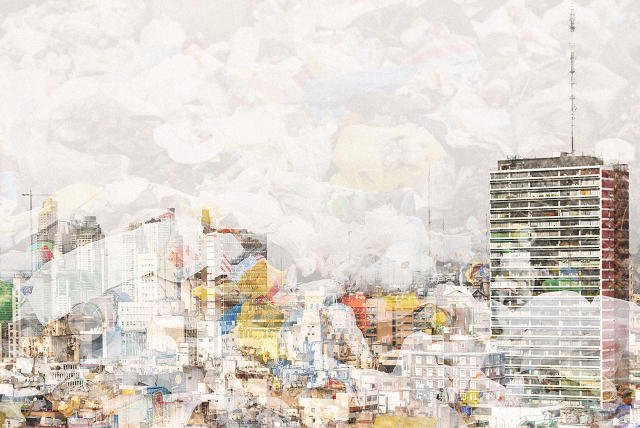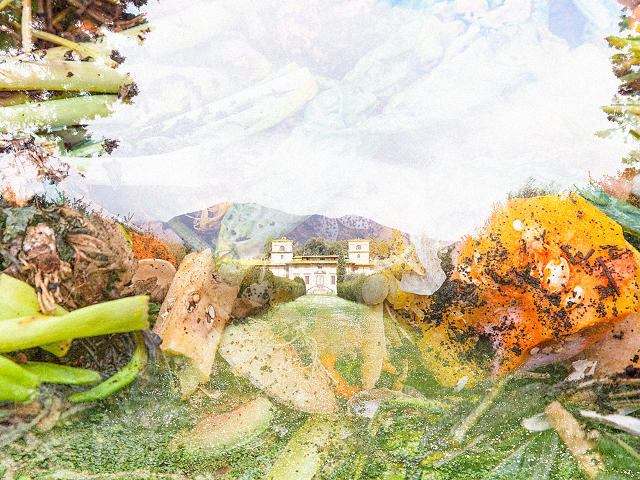If approved by the California Senate, the ban would forbid the sale of soaps, creams with the tiny plastic beads
The California State Assembly on Friday passed the nation’s toughest ban on plastic microbeads, the gritty synthetic particles used in a slew of personal care products as an exfoliant.
The bill now heads to the state Senate where a similar measure was defeated by a single vote last year. A new ballot in the chamber could take place this summer.
Environmentalists have been lobbying for the ban, saying the minuscule beads — usually smaller than 1 millimeter in diameter — generate an estimated 38 tons of plastic pollution that goes through wastewater treatment plants and into rivers and oceans.
Californians Against Waste, a nonprofit group that is part of a coalition calling for the ban, says scientists estimate that 471 million plastic microbeads are released into San Francisco Bay every day, and that there can be more than 300,000 microbeads in one jar of facial cleanser.
That environmental group also cites studies that show that microplastics have been found in fish stomachs. Sea creatures can mistake beads for eggs and ingest them, as well as the toxins attached to them. People, in turn, eat the fish, passing on those chemicals all the way up the food chain.
“If a manufacturer tried to dump 40 tons of plastic pollution into the ocean, they would be arrested and fined for violating the Clean Water Act.” said Mark Murray, executive director of Californians Against Waste. “But these cosmetic and soap makers are doing the same thing on a daily basis with billions of plastic microbeads washed down millions of drains. Enough is enough.”
California also approved a ban on plastic bags that us scheduled to go into effect next year.
Several states, including Illinois, Colorado and New Jersey, have passed microbeads bans but the laws still allow for biodegradable substitutes. Environmentalists, including groups such as 5 Gyres that fight against plastic pollution in waterways, say there is no such thing yet.
Personal products giants, such as Johnson & Johnson and Procter & Gamble, have begun phasing out microbeads in their products and are working on cost-efficient alternatives. Natural exfoliants — apricot pits, walnut shells and sand — are often more expensive.
Democratic state Assemblymember Richard Bloom said given the other options for companies, there’s no reason why the synthetic exfoliants should be allowed.
“Toxic microbeads are accumulating in our rivers, lakes and oceans at alarmingly high levels,” he said. “Continuing to use these harmful and unnecessary plastics when natural alternatives are widely available is simply irresponsible and will only result in significant cleanups costs to taxpayers who will have to foot the bill to restore our already limited water resources and ocean health.”
Consumers who want to know if their personal grooming products contain microbeads should look for polyethylene or polypropylene on the labels.
The bill now heads to the state Senate where a similar measure was defeated by a single vote last year. A new ballot in the chamber could take place this summer.
Environmentalists have been lobbying for the ban, saying the minuscule beads — usually smaller than 1 millimeter in diameter — generate an estimated 38 tons of plastic pollution that goes through wastewater treatment plants and into rivers and oceans.
Californians Against Waste, a nonprofit group that is part of a coalition calling for the ban, says scientists estimate that 471 million plastic microbeads are released into San Francisco Bay every day, and that there can be more than 300,000 microbeads in one jar of facial cleanser.
That environmental group also cites studies that show that microplastics have been found in fish stomachs. Sea creatures can mistake beads for eggs and ingest them, as well as the toxins attached to them. People, in turn, eat the fish, passing on those chemicals all the way up the food chain.
“If a manufacturer tried to dump 40 tons of plastic pollution into the ocean, they would be arrested and fined for violating the Clean Water Act.” said Mark Murray, executive director of Californians Against Waste. “But these cosmetic and soap makers are doing the same thing on a daily basis with billions of plastic microbeads washed down millions of drains. Enough is enough.”
California also approved a ban on plastic bags that us scheduled to go into effect next year.
Several states, including Illinois, Colorado and New Jersey, have passed microbeads bans but the laws still allow for biodegradable substitutes. Environmentalists, including groups such as 5 Gyres that fight against plastic pollution in waterways, say there is no such thing yet.
Personal products giants, such as Johnson & Johnson and Procter & Gamble, have begun phasing out microbeads in their products and are working on cost-efficient alternatives. Natural exfoliants — apricot pits, walnut shells and sand — are often more expensive.
Democratic state Assemblymember Richard Bloom said given the other options for companies, there’s no reason why the synthetic exfoliants should be allowed.
“Toxic microbeads are accumulating in our rivers, lakes and oceans at alarmingly high levels,” he said. “Continuing to use these harmful and unnecessary plastics when natural alternatives are widely available is simply irresponsible and will only result in significant cleanups costs to taxpayers who will have to foot the bill to restore our already limited water resources and ocean health.”
Consumers who want to know if their personal grooming products contain microbeads should look for polyethylene or polypropylene on the labels.









